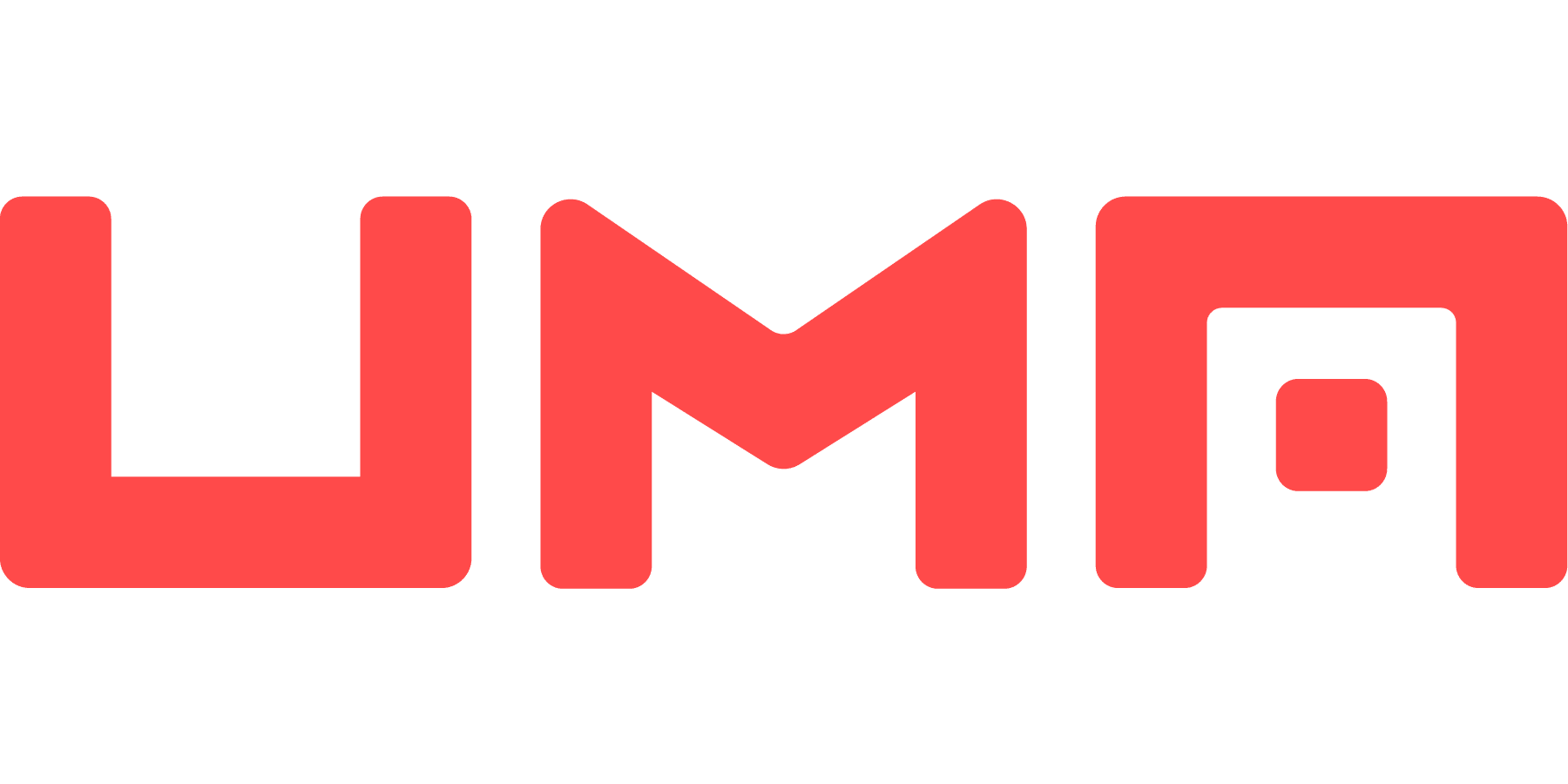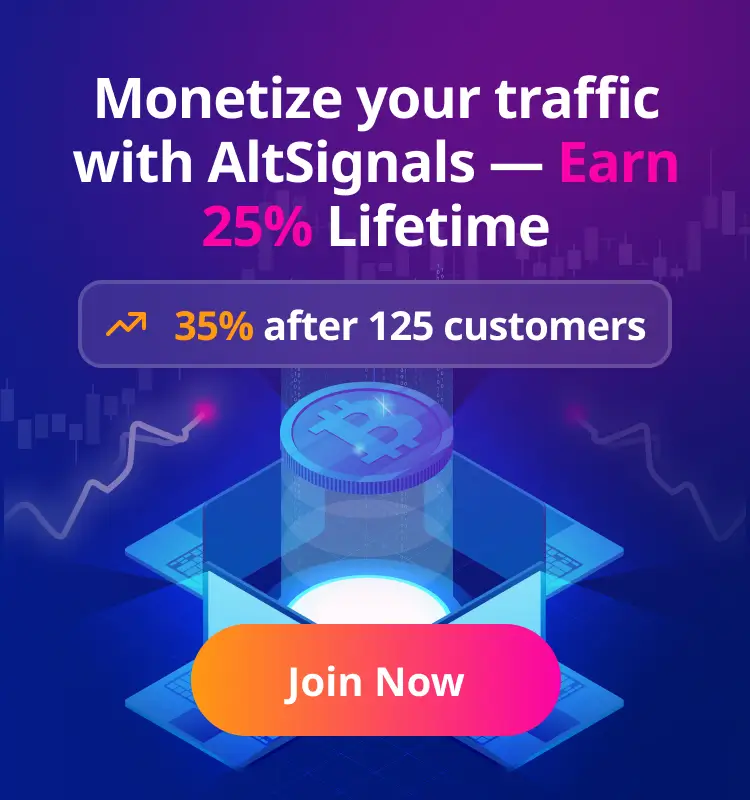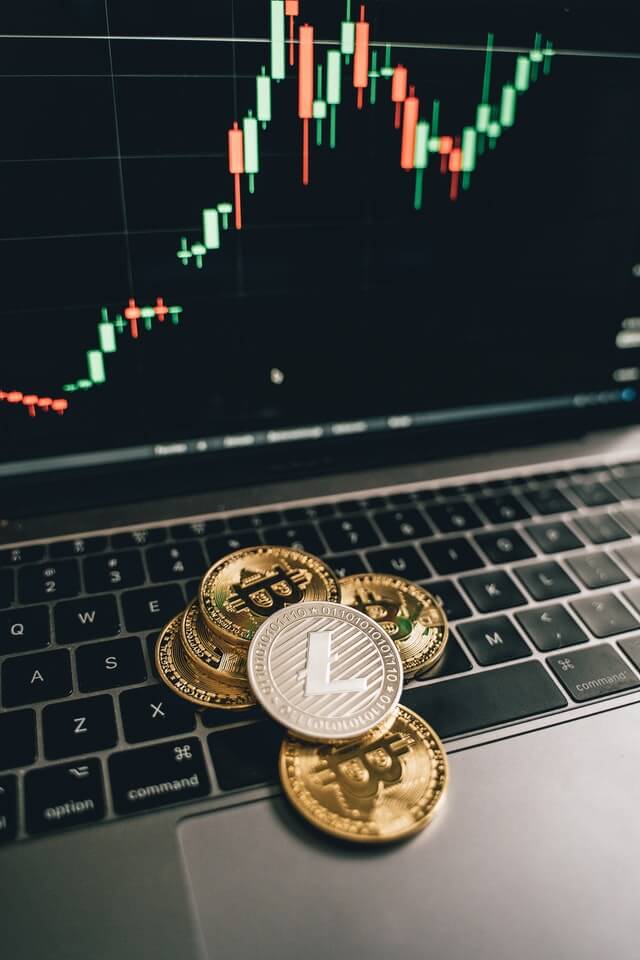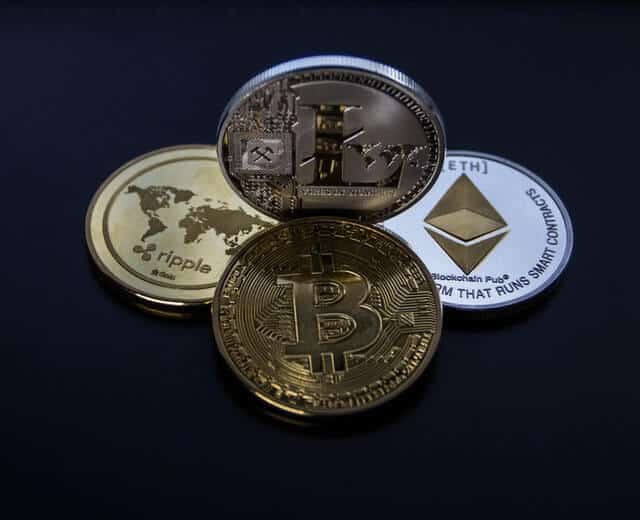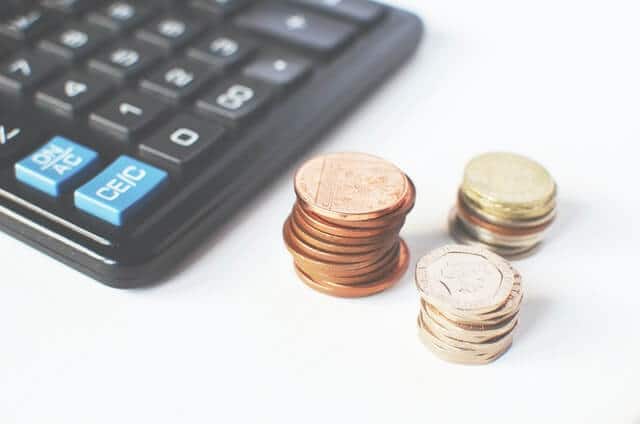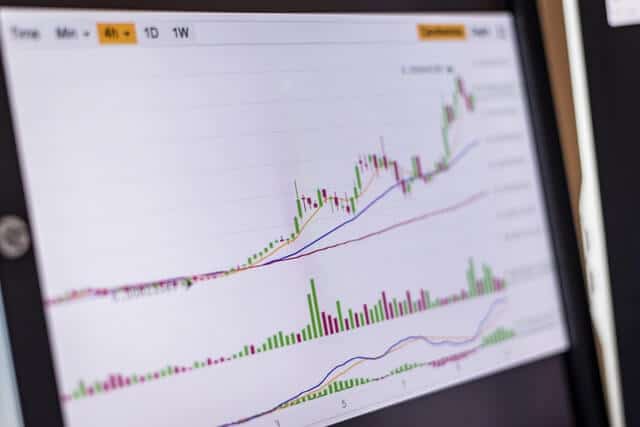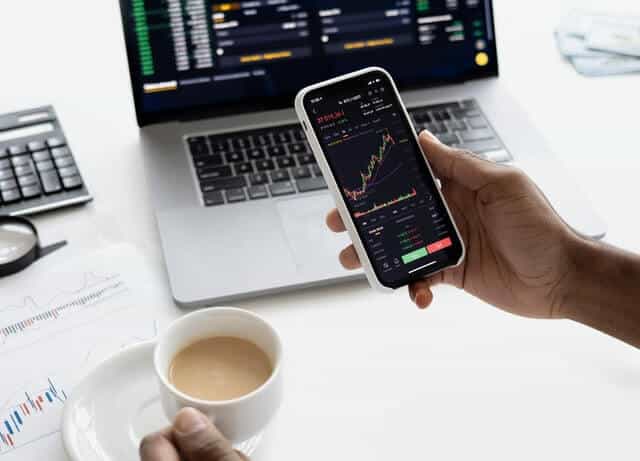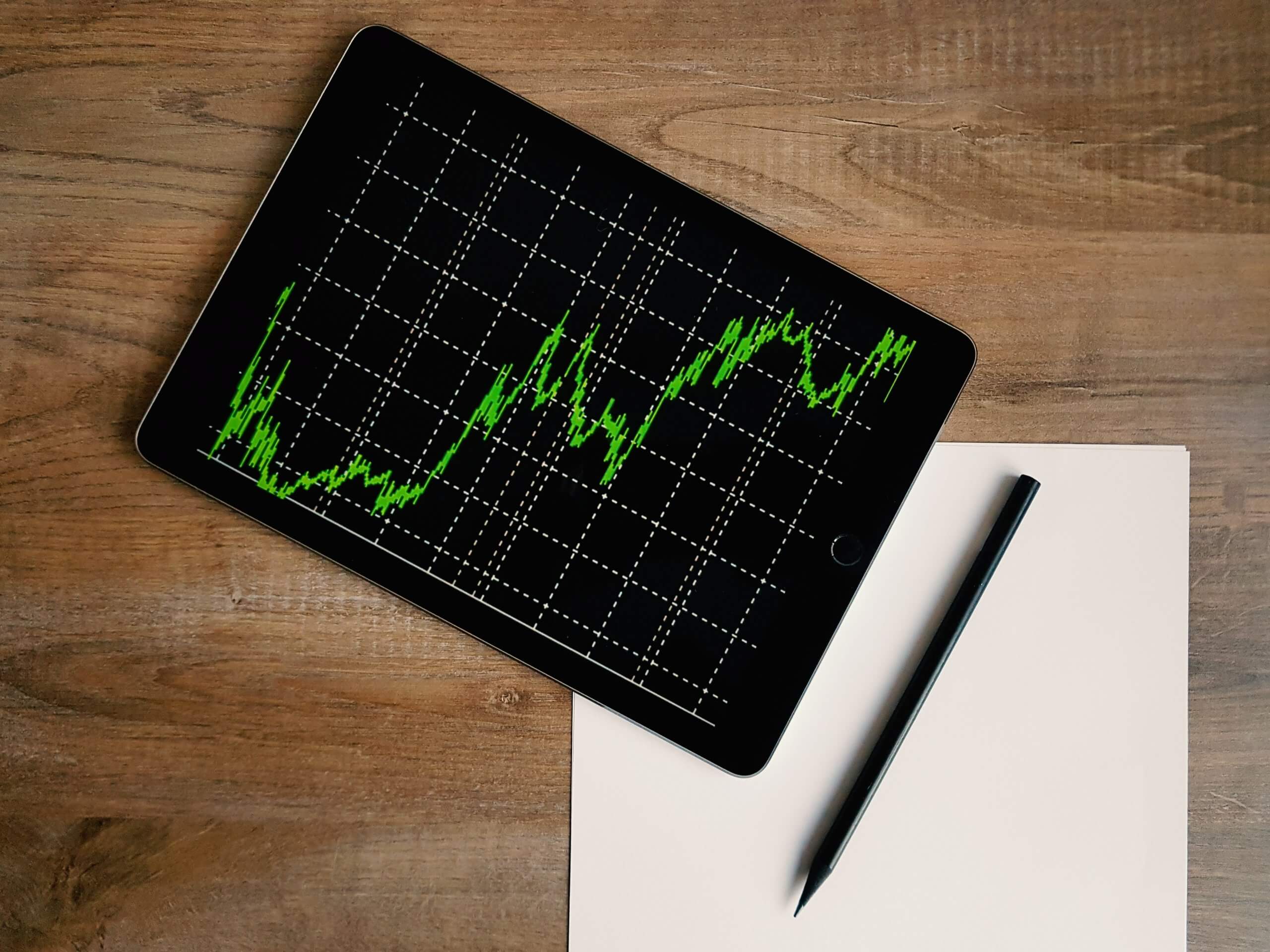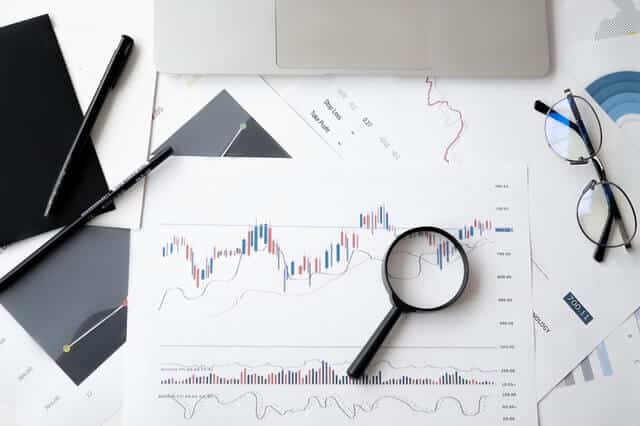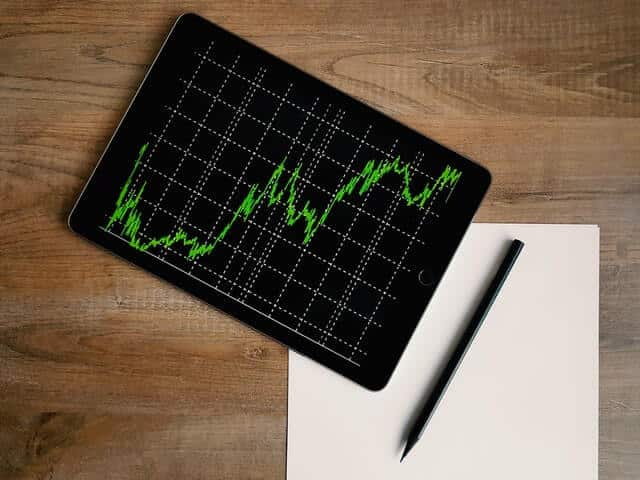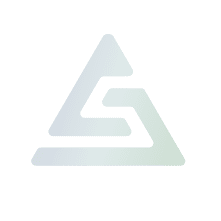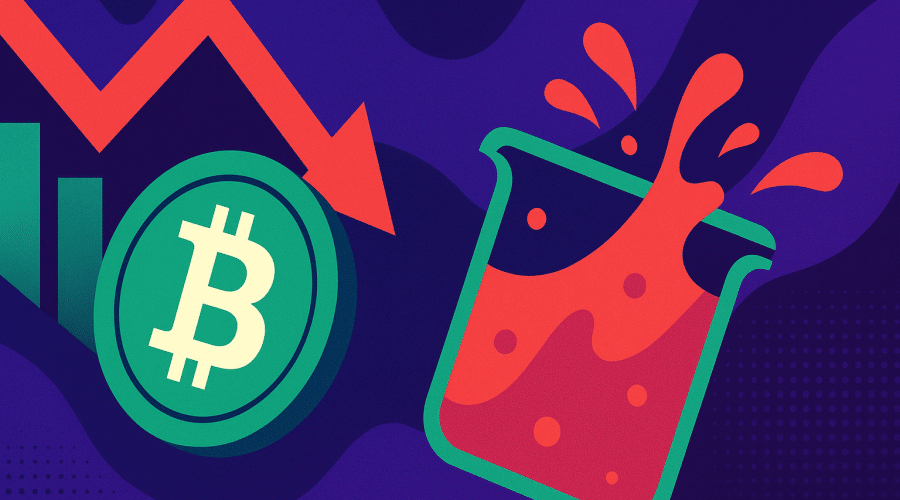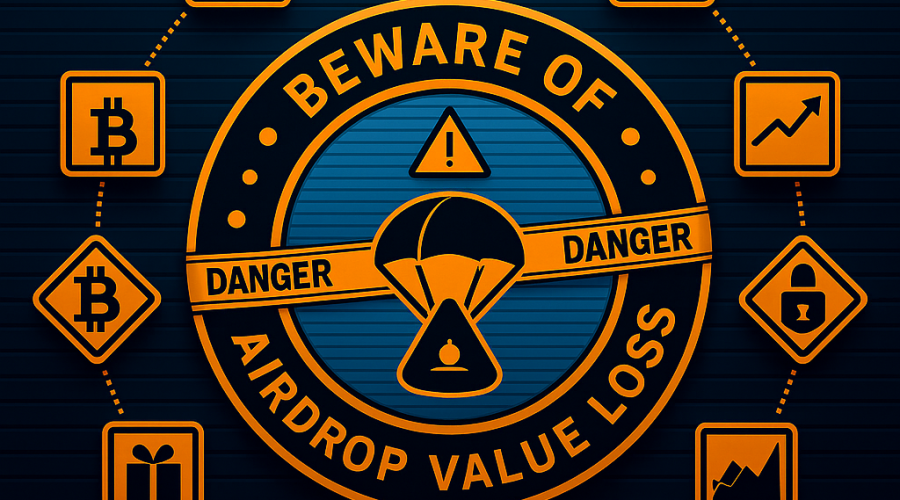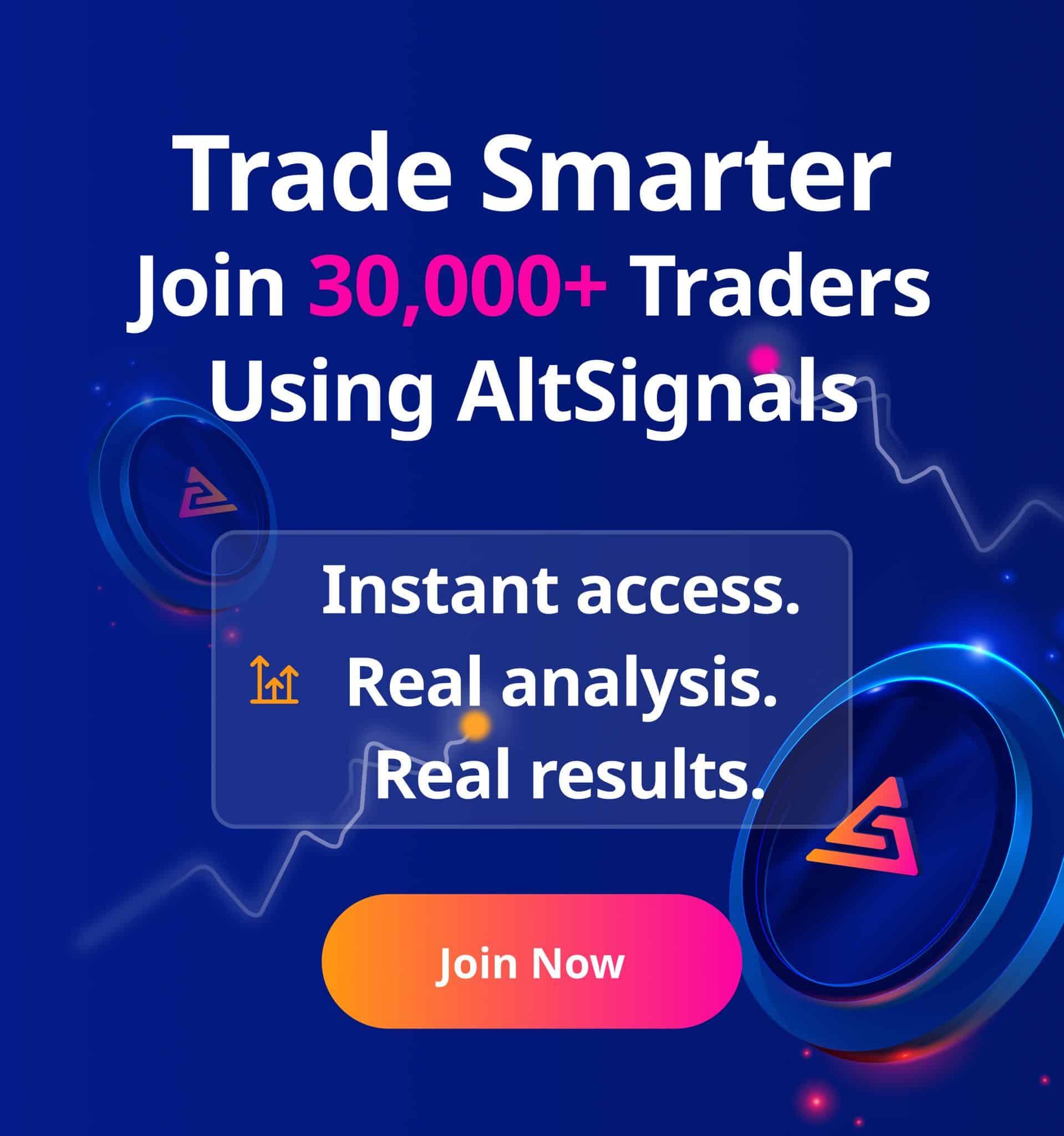Decentralized Finance (DeFi) currencies have been expanding all over the world in recent months. If you are wondering what is UMA (Universal Market Access), then we are ready to give you a clear answer to it.
In this guide, we will be sharing with you all the information you need to know about what is UMA and all the features and solutions it has to offer.
Disclaimer: the information presented in this post shouldn’t be considered financial advice. We do not endorse not support UMA. We are not financial advisors. Never invest more than what you are able to lose. Remember to always request information from your professional financial advisor.
That being said, let’s go to our “What is UMA” guide.
What is UMA?
UMA stands for Universal Market Access and it is considered to be a decentralized finance (DeFi) token. UMA aims at making it possible for investors and traders to have access to financial markets, especially the derivatives industry, which is currently one of the largest in the world.
The Derivatives market has a valuation of over $500 trillion and it is expected to continue growing in the future. Derivatives are contracts that represent an underlying asset. Investors can gain exposure to a wide range of financial assets without the need to hold the underlying asset.
UMA was released to the market through a revolutionary decentralized exchange offering (DEO) that was held on Uniswap, one of the most popular decentralized swap exchanges in the world.
The protocol has been built on top of the Ethereum (ETH) network, the most popular blockchain to build decentralized projects, decentralized applications and run other solutions. Users will have the possibility to create custom and collateralized synthetic virtual currencies and tokens that would be linked to the price of other assets.
Thus, with just using an ERC-20 coin, you will be able to gain exposure to thousands of assets from all over the world. If you were wondering what is UMA, then we can tell you this cryptocurrency will be used for governance. The protocol has a more decentralized and democratic approach compared to other blockchain networks.
The UMA protocol will help users create synthetic tokens for their collateral. The team behind UMA considers that blockchain oracles that provide information to smart contracts in a wide range of blockchain networks could be certainly negative for the market.
UMA Decentralized Exchange Offering (DEO)
As we mentioned before, the UMA cryptocurrency was released in a Decentralized Exchange Offering (DEO) in April this year and it offered to the market 100 million UMA coins for $0.26 each. However, a large part of the supply (48.5%) remained to the founders of the Universal Market Access project.
35 million tokens, instead, have been allocated to the developers of this network. The remaining coins will be sold in the market at a later date.
Understanding Synthetic Tokens on UMA
Synthetic tokens are going to be very useful in order to get exposure to a wide range of assets. According to UMA, Synthetic tokens are created on top of the Ethereum network following the ERC-20 standard and they will provide valuable information about the value of an underlying asset.
These synthetic tokens will also have an expiration date and they would require users to provide collateralization for them. Although the collateral used can change from token to token, the standard is currently 120% of the value of the tokens being issued.
For example, if you want to issue a token linked to the price of gold worth $1,000 then you will need $1,200 locked as collateral to issue this token.
As we mentioned before, UMA does not like oracles, this is why they use a Data Verification Mechanism (DVM) that allows the network to operate and to control the collateral in each of the contracts. They use an incentivized mechanism that pushes users to control their collateral rather than using an oracle.
If the owner of an asset considers they have been wrongly liquidated, they can open a claim using UMA tokens and even call the DVM oracle to resolve the issue.
What is UMA? – Conclusion
In this “What is UMA?” guide, we have been through the main points of this new and promising decentralized finance protocol that has been released to the market. Their new approach to collateralization and synthetic tokens could expand in the crypto industry and reach a larger number of users all over the world in the coming years.
Decentralized Finance (DeFi) currencies have been expanding all over the world in recent months. If you are wondering what is UMA (Universal Market Access), then we are ready to give you a clear answer to it.
In this guide, we will be sharing with you all the information you need to know about what is UMA and all the features and solutions it has to offer.
Disclaimer: the information presented in this post shouldn’t be considered financial advice. We do not endorse not support UMA. We are not financial advisors. Never invest more than what you are able to lose. Remember to always request information from your professional financial advisor.
That being said, let’s go to our “What is UMA” guide.
What is UMA?
UMA stands for Universal Market Access and it is considered to be a decentralized finance (DeFi) token. UMA aims at making it possible for investors and traders to have access to financial markets, especially the derivatives industry, which is currently one of the largest in the world.
The Derivatives market has a valuation of over $500 trillion and it is expected to continue growing in the future. Derivatives are contracts that represent an underlying asset. Investors can gain exposure to a wide range of financial assets without the need to hold the underlying asset.
UMA was released to the market through a revolutionary decentralized exchange offering (DEO) that was held on Uniswap, one of the most popular decentralized swap exchanges in the world.
The protocol has been built on top of the Ethereum (ETH) network, the most popular blockchain to build decentralized projects, decentralized applications and run other solutions. Users will have the possibility to create custom and collateralized synthetic virtual currencies and tokens that would be linked to the price of other assets.
Thus, with just using an ERC-20 coin, you will be able to gain exposure to thousands of assets from all over the world. If you were wondering what is UMA, then we can tell you this cryptocurrency will be used for governance. The protocol has a more decentralized and democratic approach compared to other blockchain networks.
The UMA protocol will help users create synthetic tokens for their collateral. The team behind UMA considers that blockchain oracles that provide information to smart contracts in a wide range of blockchain networks could be certainly negative for the market.
UMA Decentralized Exchange Offering (DEO)
As we mentioned before, the UMA cryptocurrency was released in a Decentralized Exchange Offering (DEO) in April this year and it offered to the market 100 million UMA coins for $0.26 each. However, a large part of the supply (48.5%) remained to the founders of the Universal Market Access project.
35 million tokens, instead, have been allocated to the developers of this network. The remaining coins will be sold in the market at a later date.
Understanding Synthetic Tokens on UMA
Synthetic tokens are going to be very useful in order to get exposure to a wide range of assets. According to UMA, Synthetic tokens are created on top of the Ethereum network following the ERC-20 standard and they will provide valuable information about the value of an underlying asset.
These synthetic tokens will also have an expiration date and they would require users to provide collateralization for them. Although the collateral used can change from token to token, the standard is currently 120% of the value of the tokens being issued.
For example, if you want to issue a token linked to the price of gold worth $1,000 then you will need $1,200 locked as collateral to issue this token.
As we mentioned before, UMA does not like oracles, this is why they use a Data Verification Mechanism (DVM) that allows the network to operate and to control the collateral in each of the contracts. They use an incentivized mechanism that pushes users to control their collateral rather than using an oracle.
If the owner of an asset considers they have been wrongly liquidated, they can open a claim using UMA tokens and even call the DVM oracle to resolve the issue.
What is UMA? – Conclusion
In this “What is UMA?” guide, we have been through the main points of this new and promising decentralized finance protocol that has been released to the market. Their new approach to collateralization and synthetic tokens could expand in the crypto industry and reach a larger number of users all over the world in the coming years.
